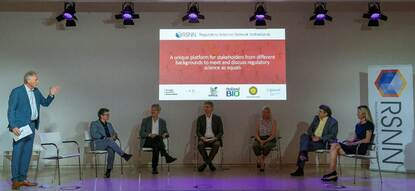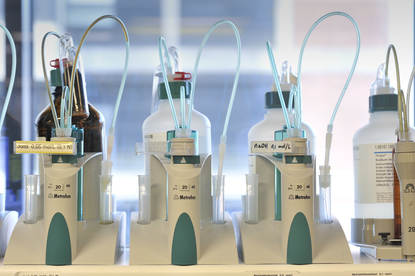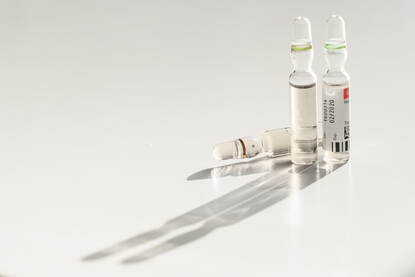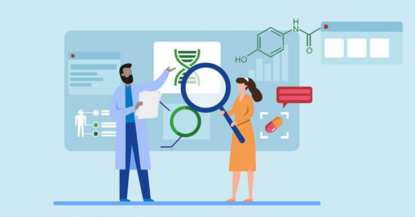A significant portion of the potential anticancer medicines that reach the clinical phase do not make it to registration. This is a loss for patients, developers and society as a whole. Oncode-PACT aims to efficiently select the best medicine candidates in the preclinical phase, decreasing the risk and cost of failure and, ultimately, bringing anticancer medicines to the patient faster.
The PACT in Oncode-PACT stands for ‘Preclinical Accelerator for Cancer Treatments’, which summarises its main goal: to set up an infrastructure to speed up development of promising effective medicine candidates in oncology. The ultimate aim is to develop these medicines faster and cheaper for specific patient groups.
‘The proposal leading to Oncode-PACT was drafted after a call from the National Growth Fund (“Nationaal Groeifonds”, ed.), a Dutch governmental initiative to fund long-term initiatives for economic growth. Actually, three initiatives came together in the one proposal leading to Oncode-PACT,’ co-initiator Friso Smit explains.
Three initiatives brought together
‘First, there was an initiative of the Oncode Institute, an independent institute dedicated to understanding cancer and translating research into clinical practice. Its proposal focused on the preclinical development of small molecules, biologicals, and cell and gene therapies. Then there was the group of Hans Clevers at the Hubrecht Institute in Utrecht, which aimed to get more momentum going for the development of organoid systems. And third of all, there was the Life Sciences Strategic Theme at Utrecht University with a strategy to apply existing vaccine expertise to the development of therapeutic vaccines in the field of oncology. Combining our goals and ambitions, these three initiatives were brought together, resulting in the Oncode-PACT consortium.’
The consortium focuses on four research areas for different types of cancer medicines. Friso: ‘These workstreams are small molecules, biologics, therapeutic vaccines, and cell and gene therapies. Within each of these workstreams, data from three different sources – so-called ‘platforms’ – are applied: organoids, well-defined patient cohorts and artificial intelligence.’
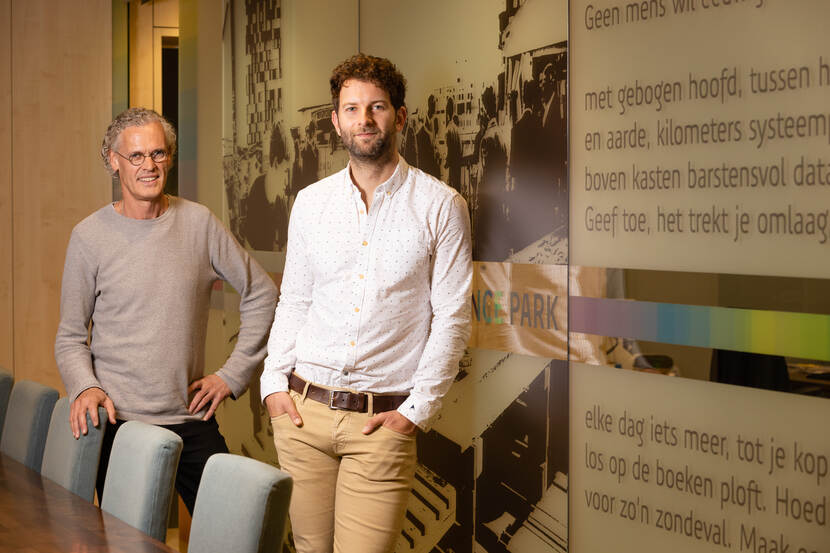
Predictive value
Those technological platforms provide many opportunities, adds Lourens Bloem. ‘If we aim to use patient data much earlier in the development of new medicines and treatments, we need solid data. Data from patient cohorts can be valuable. Innovative study designs can use those clinical practice data in a more specific way. This means patient cohorts can provide valuable information for registration dossiers, especially for personalised cancer therapies.’
Combining that kind of patient cohort data with artificial intelligence may drastically increase its predictive value. Friso: ‘Artificial intelligence (AI) can be used in a wide array in the Oncode-PACT programme, from molecular design and target validation to epitope selection and validation of vaccines. AI can prove valuable in both the clinical and the preclinical phase, during selection of the patient population, in efficacy determination or in generating pharmacodynamic information for regulatory purposes.’
‘We now have to integrate and scale up our infrastructure in the platforms and workstreams. Then we will set up demonstrator projects, based on selected targets, which we will further develop and validate. In short: introducing patient-derived data and models in the early (pre)clinical phase makes it possible to “de-risk” the development much earlier on, focusing on the unmet medical needs. We aim to bring down the cost of failure and make new medicines available to the patients quicker’, Friso summarises.
The ambitions of Oncode-PACT might require other working processes and expertise in regulatory assessment
Challenges
But there are challenges. Lourens: ‘Innovating the development process whilst developing an innovation itself can be a high-risk process. Commercial parties will be very reluctant to perform such actions. In addition, any new models or methods that are used in the development process that are included in the registration dossier have to be validated and approved under current regulations.’
This consortium has the opportunity to work out the first challenge, developing innovations in a public-private environment. ‘To tackle the challenge of regulatory acceptance and embedding of new development processes, we need to be in close contact with regulatory authorities such as the European Medicines Agency and the Dutch Medicines Evaluation Board (MEB).’
Change in regulatory processes
‘A lot is changing at the moment in the regulatory world when it comes to medicines, vaccines and medical devices. Just look at the rise of advanced therapies, personalised medicine and use of real-world data. The ambitions of Oncode-PACT might also require other working processes and expertise in regulatory assessment. In a specific regulatory science work package within Oncode-PACT, we aim to get an overview of what information is required, what is available now and what the gaps are,’ Lourens explains.
‘We are currently mapping the potential interactions between academia and regulators, during all sorts of procedures and in different stages of development, both product and non-product-related.’ Friso: ‘The three platforms in Oncode-PACT align with the EMA’s regulatory science research needs. In a collaborative effort between academia and regulators, the regulatory science work package will foster further collaboration in those areas (organoids, patient cohorts and AI).’
Lourens: ‘To bridge the gap between academic development and regulation, we are really actively looking for collaboration, for instance with the MEB in the person of Marjon Pasmooij, head of the Science Office. In the coming years, Oncode-PACT will organise workshops and round table discussions. We try to bring a diverse set of stakeholders to the table to help design new regulatory procedures for innovative personalised therapies.’
Interactions between academia and regulatory authorities
Lourens also sees connections with other initiatives. ‘Take STARS, for instance. The EU-funded STARS project (Strengthening Training of Academia in Regulatory Science) was concluded this summer. It has collected a lot of insights on how to strengthen interactions between academia and regulatory authorities on which we can build.’
Friso also mentions FAST (Future Affordable and Sustainable Therapies). ‘A national centre for sustainable therapy development with which we share a common ground in bringing academia, government and industry together. In the end, we all want to bring new medicines to patients faster and more affordable by enabling a more predictable outcome. We focus on the preclinical phase up to clinical proof of concept; FAST is also focusing on the next steps in the development process and the availability of innovative medicines. Oncode-PACT might lead to business cases that FAST can build on.’
First actions
The Oncode-PACT growth fund programme has been set for a duration of 10 years. The programme aims to continue after that. What will be the first actions in the regulatory innovation work package? ‘We are currently preparing the establishment of a baseline measurement of regulatory uptake of the three platform technologies,’ Lourens explains. ‘We need to map what is happening in the regulatory playing field already and how these innovative treatments and procedures are anticipated.’ ‘Jarno Hoekman has been a great help with this,’ Friso adds. ‘Jarno is an associate professor in Innovation Studies at the Geosciences Faculty of Utrecht University. He focuses on the dynamics and governance of scientific innovation, regulation and societal challenges, especially in the field of life sciences. He brings a lot of valuable insights to the table. Together with Marjon Pasmooij and Marieke De Bruin, professor in Drug Regulatory Science at Utrecht University, he is currently working on the regulatory work package.’
Not a one-way street
The projects that Oncode-PACT will focus on mainly reside in the preclinical phase. ‘Nevertheless, it is important to involve regulatory bodies,’ Lourens says. ‘We do not aim to change the regulatory system. We aim to see how the system works and how regulators can prepare themselves for emerging innovations, like personalised medicine with even further decreasing patient populations. Developers of new innovative treatments benefit from a clear regulatory process that is capable of assessing these new forms of therapy. But this is not a one-way street. Regulators also benefit from this. They can learn about developments in early science. Knowledge sharing helps us all. And that is why we aim to collaborate closely with all stakeholders throughout the entire process.’
For the regulatory science work package of Oncode-PACT, close collaboration with all stakeholders is very important. And that is not just about regulatory pathways. ‘I think regulatory science has developed to a point where we should also start looking at legal and ethical sciences, a transition. After all, assessment of registration dossiers is something that is done by humans, just like any other work. With disruptive changes in what the data in those files may look like, we have to change the way we investigate the regulatory system. In short: we need all parties at the table, in close collaboration.’
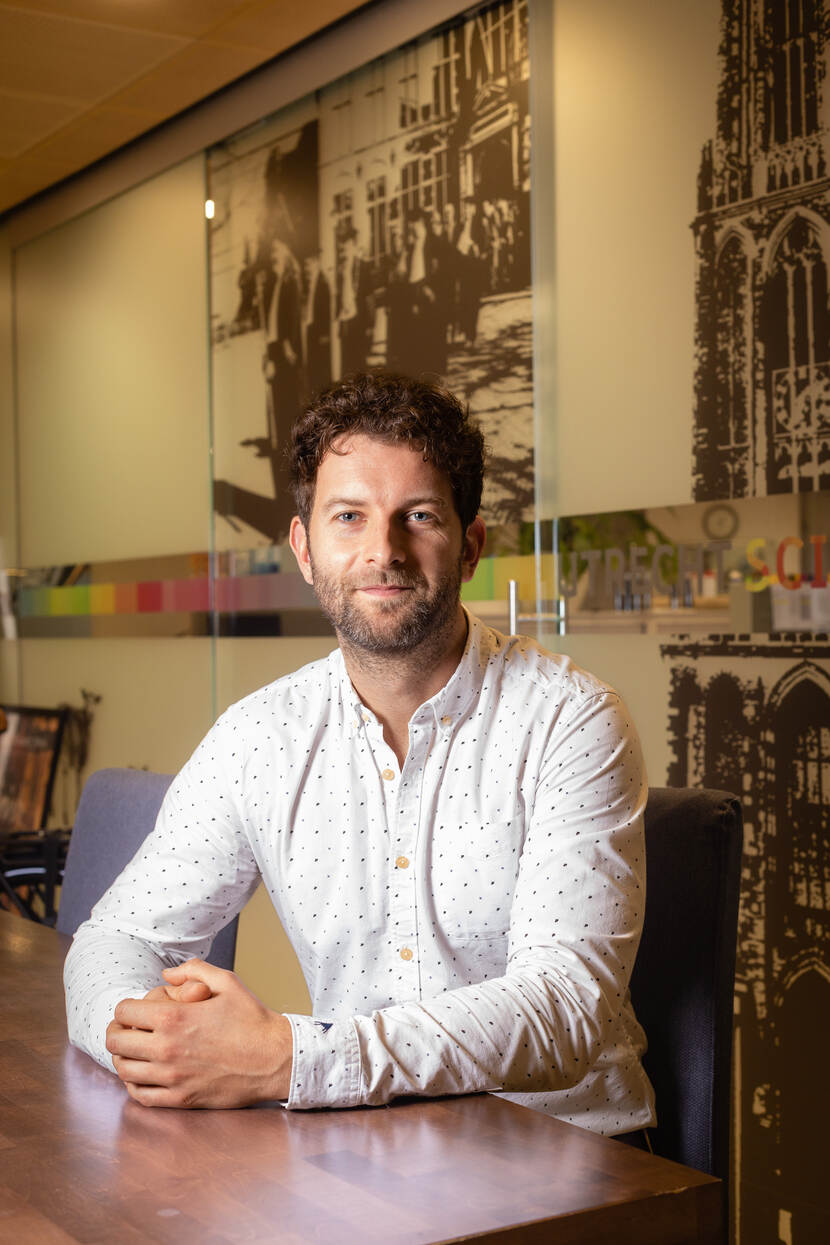
Lourens Bloem
Lourens Bloem (PharmD) is an assistant professor in Clinical Therapeutics at the Centre for Clinical Therapeutics of the Division of Pharmacoepidemiology and Clinical Pharmacology, within the Utrecht Institute for Pharmaceutical Sciences (UIPS). In addition, he is a Drug Regulatory Science programme manager at the Utrecht Science Park foundation. Lourens holds a PhD in the field of Drug Regulatory Science, focused on evidence generation for regulatory decision-making on medicines.
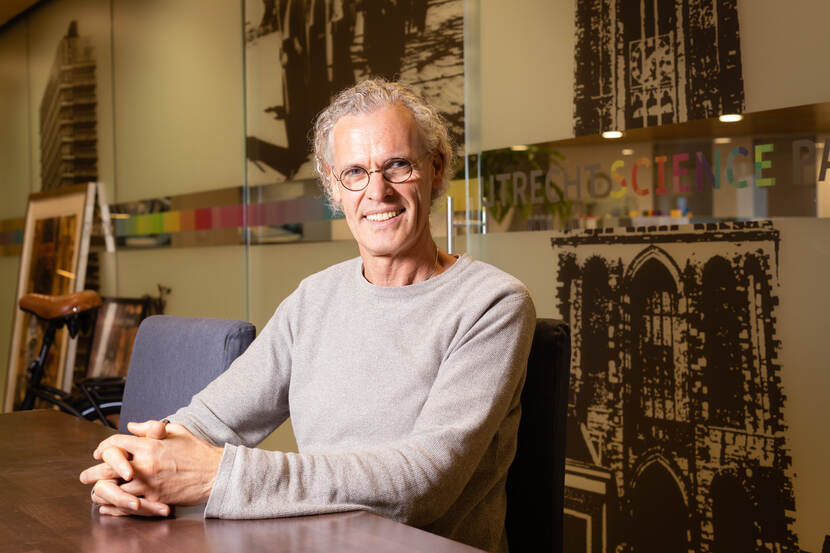
Friso Smit
Friso Smit holds a PhD in pharmaceutical sciences. In recent years, he has been involved at the Utrecht Science Park foundation as a new business development manager. Now, he focuses on developments in the Life Sciences strategic theme of Utrecht University, in close collaboration with the University Medical Center Utrecht and the Princess Máxima Center for paediatric oncology. He has also been appointed co-executive director of the Oncode-PACT foundation.



